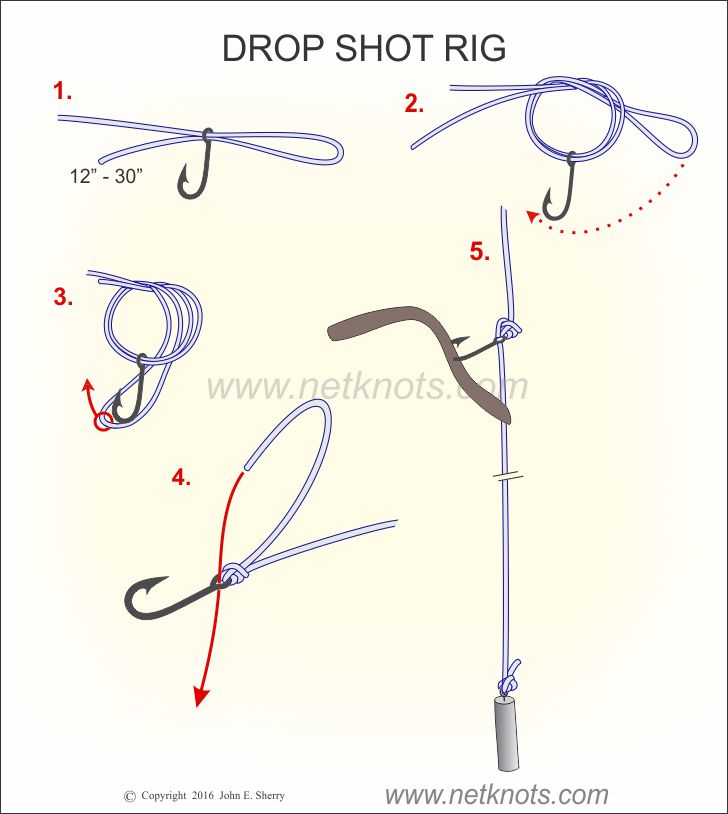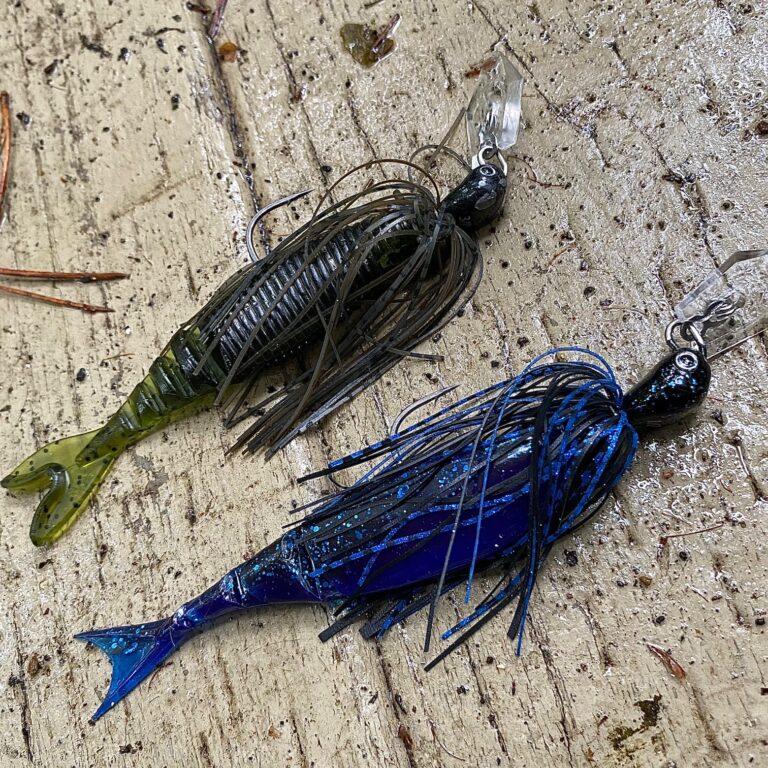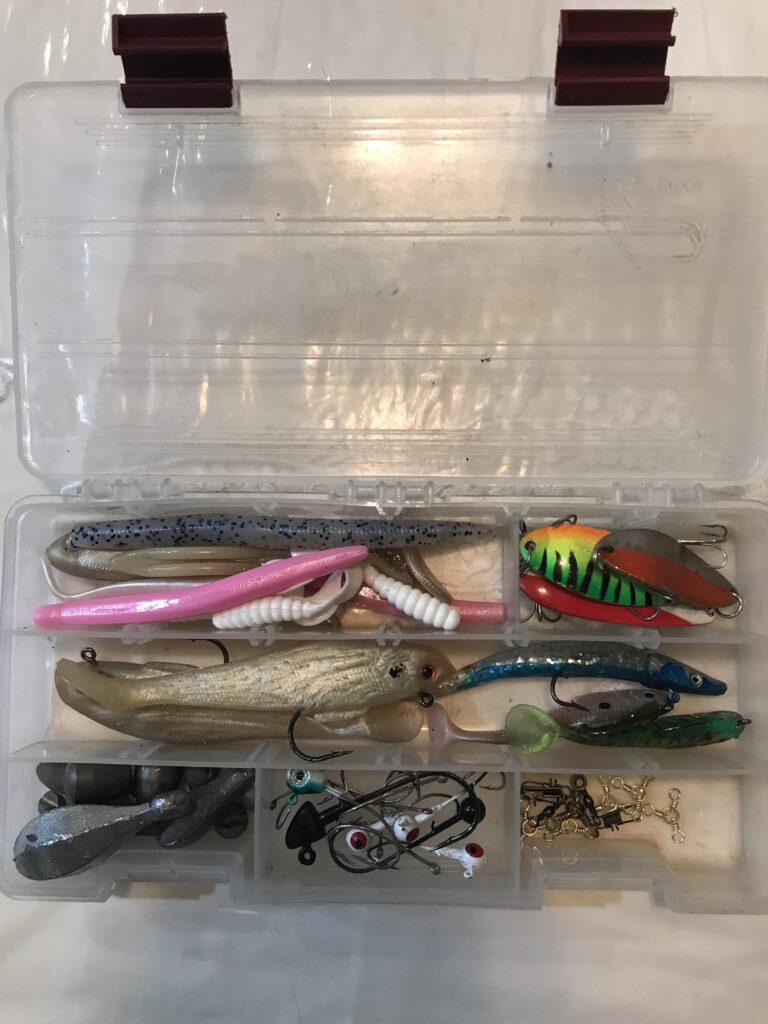How Do You Make a Carolina Rig
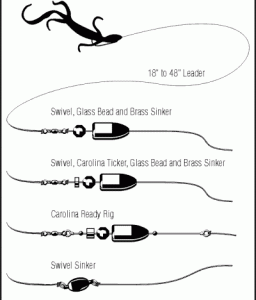
To make a Carolina rig, start by cutting a leader material to your preferred length and attaching a fishing hook using a Palomar knot. Then, attach a barrel swivel to the other end of the leader material also using a Palomar knot.
Add an egg type or bullet type weight to your mainline, followed by a bead and then tie it to the swivel. Finally, choose a leader type and length to complete the rig. This setup is ideal for bass fishing and allows for effective bait presentation.
Introduction To The Carolina Rig
The Carolina rig is a popular and effective fishing rig used by anglers for various types of fishing, including bass and catfish. It consists of a heavy sinker, glass or plastic bead, swivel, leader line, and fishing hook. The Carolina rig is valued for its sensitivity, allowing anglers to feel even the slightest bites. It also reduces the chances of the bait getting caught in rocks or weeds. Additionally, the setup is versatile and can be used in different water conditions. Overall, the Carolina rig is a valuable tool for anglers seeking to improve their fishing success.
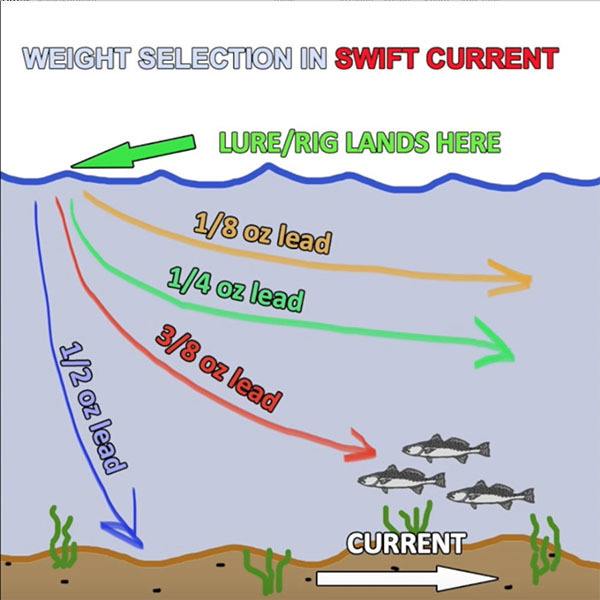
Credit: www.lafishblog.com
Materials Needed For A Carolina Rig
When making a Carolina rig, you’ll need the following materials:
- Leader material
- Fishing hook
- Barrel swivel
- Sinker
- Glass bead
The leader material is used to connect the hook and the swivel. It is important to choose a strong and durable material that can withstand the weight of both the sinker and the fish. The fishing hook is where you attach your bait to attract the fish. The barrel swivel acts as a connector between the mainline and the leader, allowing the rig to spin freely without tangling. The sinker provides the necessary weight to keep the rig at the desired depth. Lastly, the glass bead is optional but can be used to create additional noise and attract fish.
Overall, having the right materials is essential for successfully making a Carolina rig and increasing your chances of catching fish.
Step-by-step Guide To Tying A Carolina Rig
Learn how to make a Carolina rig with this easy step-by-step guide. From choosing the right materials to tying the perfect knot, you’ll be ready to catch bass in no time.
< p >To make a Carolina Rig, you will need a few essential materials. Firstly, cut your leader material to your desired length. Then, attach your fishing hook to the leader using a Palomar knot. Next, connect a barrel swivel to the other end of the leader material using another Palomar knot. Once you have done that, add a glass bead onto the leader above the barrel swivel. Finally, your Carolina Rig is complete and ready to use for bass fishing. The Carolina Rig is a popular rigging technique that allows the bait to move freely and attract fish effectively. It is a versatile rig that can be used in various fishing conditions. Make sure to choose the right line and weight for your Carolina Rig to achieve optimal results.Choosing The Right Line For A Carolina Rig
When choosing the right line for a Carolina rig, it’s essential to consider a few factors. The best line options for a Carolina rig are typically fluorocarbon or monofilament lines. Fluorocarbon is known for its low visibility underwater, making it ideal for clear water conditions. On the other hand, monofilament lines have more stretch, which can be beneficial for absorbing some of the shock from a fish’s initial strike. Factors to consider when selecting a line include the water clarity, depth, and the type of cover you’ll be fishing around. It’s crucial to assess the fishing conditions and choose a line that suits the specific environment to maximize your Carolina rig’s effectiveness.
Tips And Techniques For Fishing With A Carolina Rig
Tips and Techniques for Fishing with a Carolina Rig
When it comes to fishing with a Carolina Rig, there are several factors to consider to increase your chances of success. One of the most important aspects is selecting the right reel. Look for a reel with a smooth drag system and a gear ratio suitable for your fishing style.
Proper line selection is also crucial. Choose a line that has low stretch and is abrasion-resistant, as the Carolina Rig involves dragging the weight along the bottom. Braided or fluorocarbon lines are popular choices among anglers.
Choosing the right weight is another key aspect. The weight will depend on factors such as water depth and current. Opt for a weight that allows you to maintain contact with the bottom while still providing enough sensitivity to detect bites.
Selecting the right bait for the Carolina Rig is essential. Soft plastic baits, such as worms or lizards, are commonly used. Make sure to match the color and size of your bait to the prevailing conditions and the natural forage in the area.
When casting and retrieving with the Carolina Rig, it’s important to maintain a slow and steady retrieve. Drag the weight along the bottom, occasionally pausing to let the bait entice any nearby fish. Pay attention to any subtle bites or changes in weight, as these can indicate a fish taking your bait.
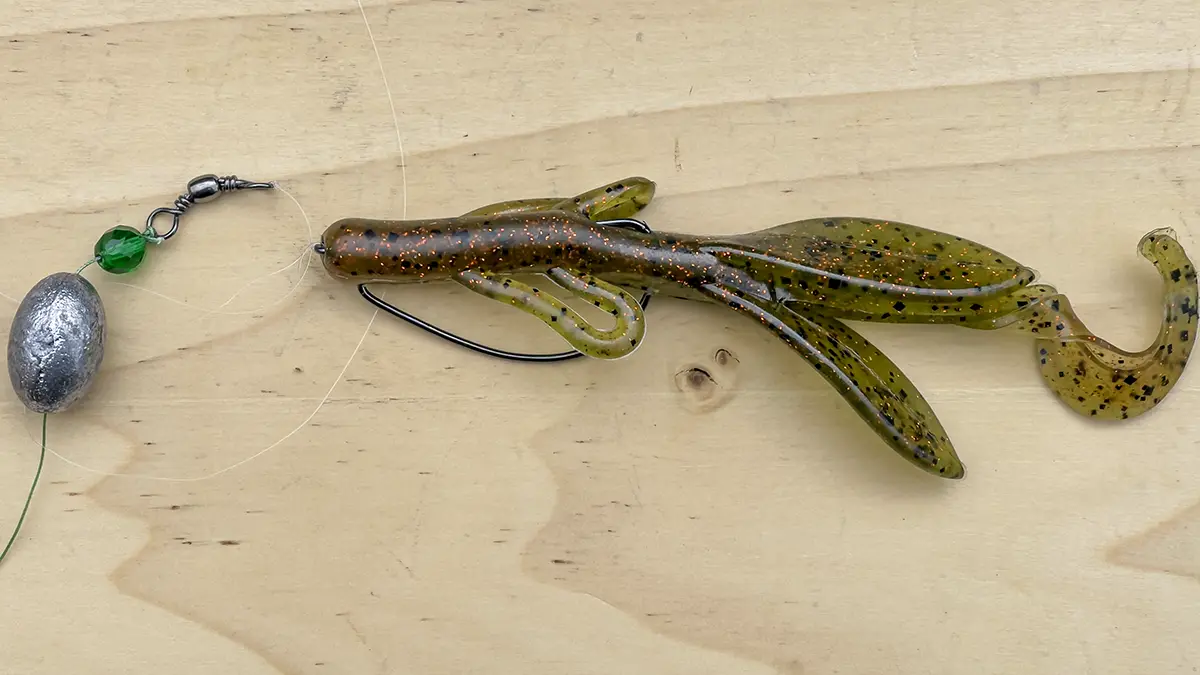
Credit: www.wired2fish.com
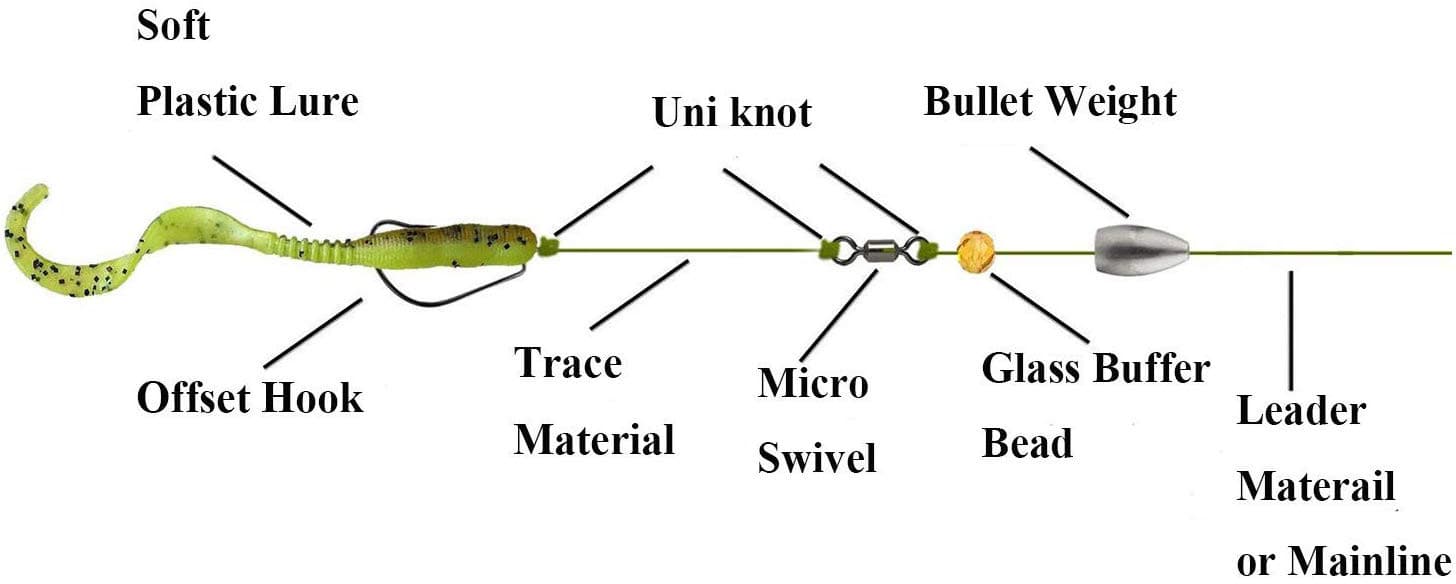
Credit: www.bassnedge.com
Frequently Asked Questions On How Do You Make A Carolina Rig
What Do I Need To Make A Carolina Rig?
To make a Carolina rig, you’ll need a leader material, fishing hook, barrel swivel, sinker, and a bead.
What Is The Best Knot For A Carolina Rig?
The best knot for a Carolina rig is the Palomar knot. Simply cut your leader material, attach the fishing hook using a Palomar knot, and attach a barrel swivel to the other end with another Palomar knot.
What Is The Best Line For Carolina Rig?
The best line for a Carolina rig is a heavy fluorocarbon line, typically in the range of 14-20 lb test. It offers low visibility underwater and has excellent abrasion resistance for fishing in rocky areas.
What Does A Carolina Rig Look Like?
The Carolina rig has a sliding weight above the hook, connected by a leader and a swivel.
Conclusion
In crafting a Carolina rig, it’s essential to employ the right materials and techniques. By following the steps outlined in this guide, you can increase your chances of a successful bass fishing experience. Remember to be patient, as mastering the art of rigging takes time and practice.
Happy fishing!
